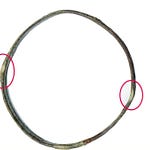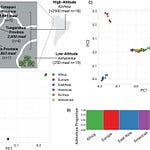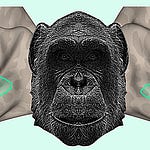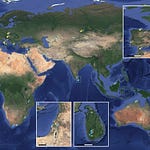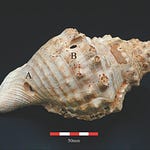Archaeologists working in southern France have pieced together a remarkable record of change spanning eight millennia. From foxes to goats, from rabbits to cattle, the bones tell a story of synchrony, then divergence: for thousands of years wild and domestic animals tracked similar patterns in body size, only to split apart when human pressure took center stage.
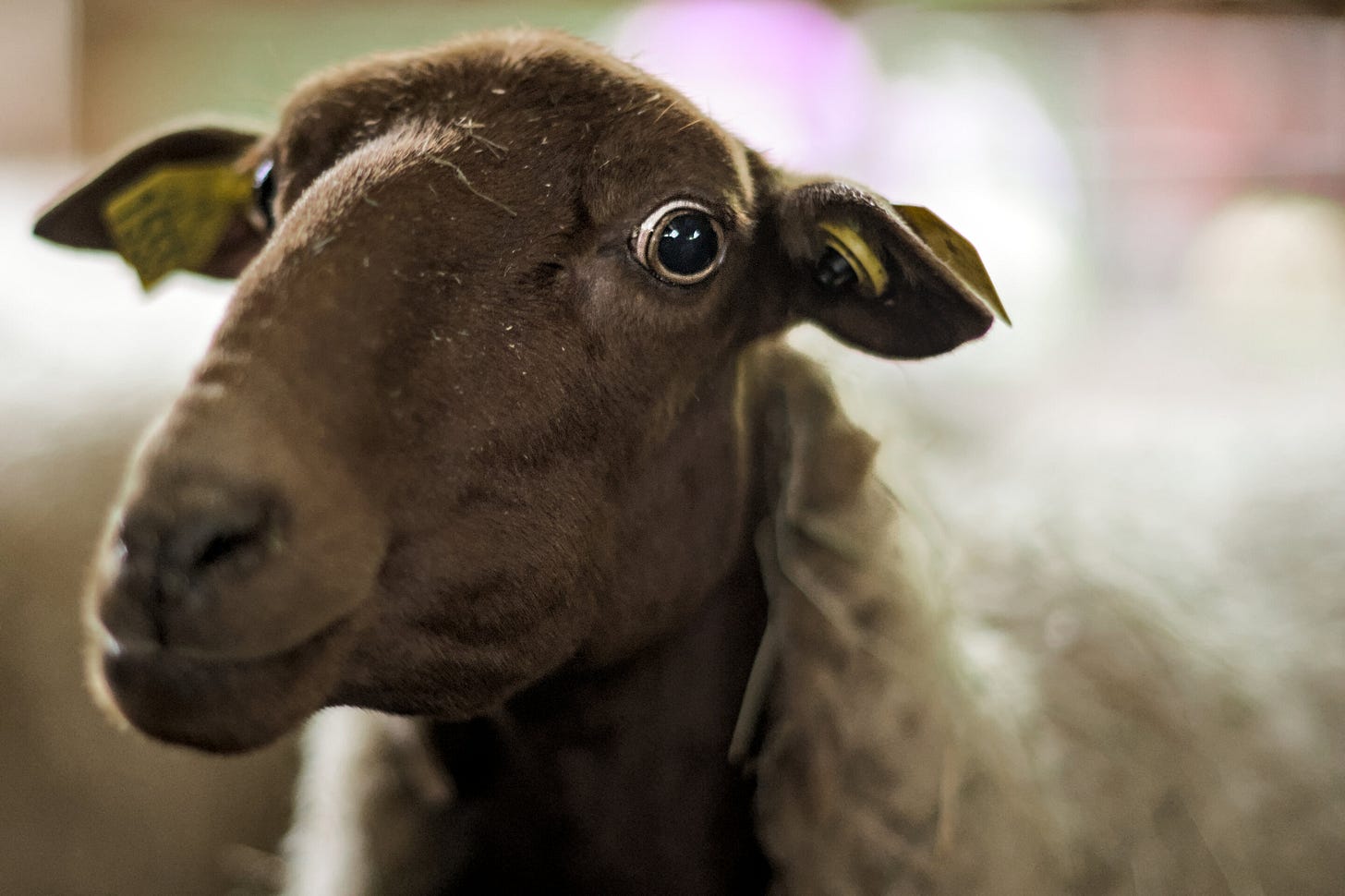
Domestic animals grew larger under deliberate breeding, while wild species shrank under the weight of hunting and shrinking habitats. The pattern is not just about meat and milk—it is a chronicle of how human societies have long been entangled with the creatures around them.
Eight millennia of measurement
The research1, led by Camille Mureau of the University of Montpellier, analyzed more than 225,000 bones from 311 archaeological sites across Mediterranean France. Each fragment—whether a tooth, a limb bone, or a vertebra—was measured, catalogued, and compared. The dataset spanned wild animals such as red deer, foxes, and rabbits, alongside domestic species including goats, pigs, sheep, cattle, and chickens.
Listen to this episode with a 7-day free trial
Subscribe to Anthropology.net to listen to this post and get 7 days of free access to the full post archives.



